
Filipino food the ‘next best thing’ said Anthony Bourdain: 4 players proving he was right
- Filipino cuisine has finally gained global visibility, and these trailblazers offer distinctive takes on the food of their homeland
To define Filipino cuisine in a single sentence is like trying to condense the essence of 7,107 islands into a few words – almost impossible.
Filipino cuisine can be full of contrasts – which is great for those who want to be challenged by the vibrant flavours of an archipelago. It is not surprising that, as diners around the world become more adventurous, Filipino food is having a moment.

“Where previously there may have been a hiya [shy] factor, now Pinoy pride is louder than ever,” Tiu adds.
“It feels like all of a sudden there are more chefs outside the Philippines who are really representing, really being bold,” says JP Anglo, a celebrity chef based in the Philippines who recently spread his wings abroad.
He name-checks Erica Paredes of Asian fusion restaurant Reyna in Paris, Kurt Sombero of wood-fired restaurant Kubo in Singapore, Ross Magnaye of Australian-Filipino restaurant Serai in Australia among others.
“Slowly we are getting the much needed respect that we deserve,” he says.
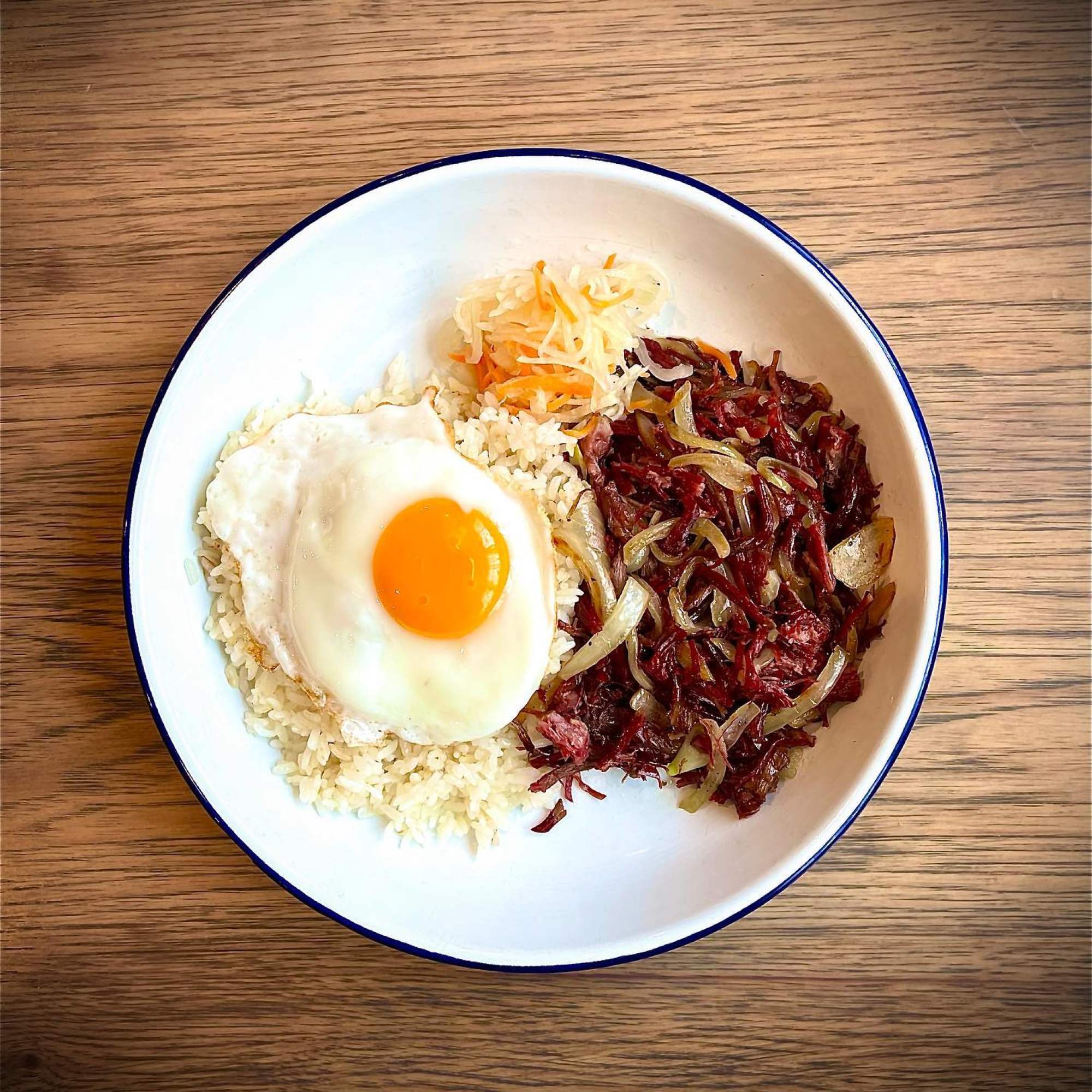
Indeed, there are a growing number of players introducing diners to, and educating them about, Filipino food culture. We drop in on four establishments that are part of that movement.
1. The fine dining darling: Kasama (Chicago, USA)
While many Filipino restaurants in the US have gained acclaim in the past decade, one restaurant stands above them all: Kasama. This bakery and modern Filipino joint in Chicago is etched in the history books as the first Filipino restaurant to earn a Michelin star in 2022, just five months after it opened its doors.
Run by husband-and-wife team Timothy Flores and Genie Kwon, Kasama is not your typical fine-dining restaurant. Set in Chicago’s East Ukrainian neighbourhood, it is a bakery by day and a place for refined dining by night.
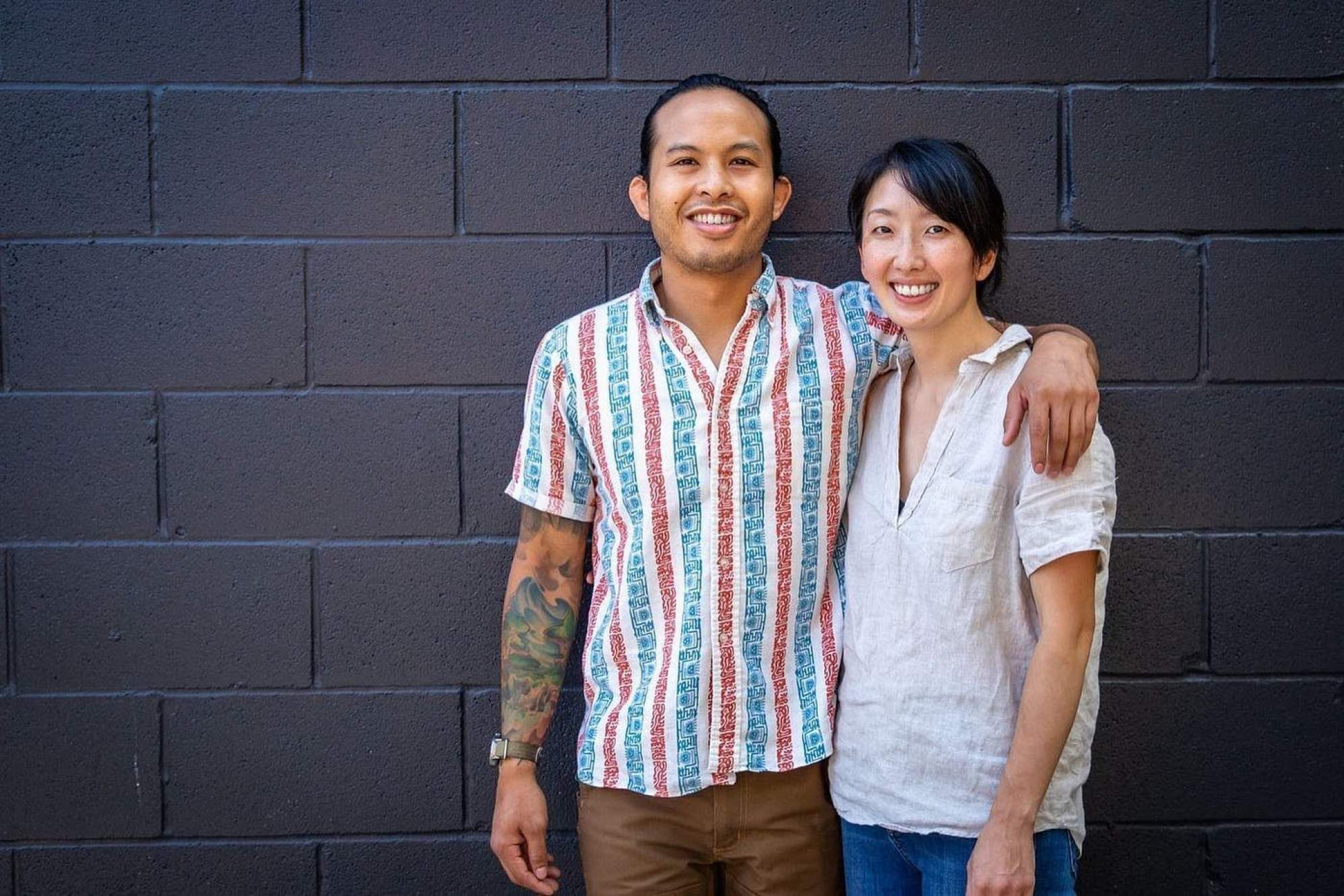
The restaurant’s name, which means “together” in Tagalog, one of the major languages spoken in the Philippines, is an expression of this bakery-plus-restaurant formula – itself a marriage of Flores and Kwon’s different areas of expertise – as well as the desire to gather people around the table.
Kasama serves a 13-course tasting menu of traditional Filipino food with creative twists. For instance, salmon sinigang soup features tamarind beurre blanc sauce and is topped with smoked fish roe over a bed of melting leeks.
The popular halo halo dessert is given a fresh spin with Asian pear granita, pandan ice cream and freeze-dried mandarin.
With each imaginative dish they serve they are not only pushing the boundaries of Filipino food, but broadening the horizons of diners.

2. The cool casual joint: Kooya Filipino Eatery (Dubai, United Arab Emirates)
Chef JP Anglo opened his first restaurant, Sarsa, in Manila in 2013. Back then, young chefs who focused on Filipino food were few and far between.
A decade on, and Sarsa has become a go-to restaurant and chef Jayps, as he is widely known, a household name in the Philippines thanks to being a MasterChef Pinoy Edition judge.
Be it in the kitchen or on television, Anglo’s primary motivation is to make Filipino food more visible. He opened Kooya Filipino Eatery, a stylish casual restaurant in Dubai, in 2022.

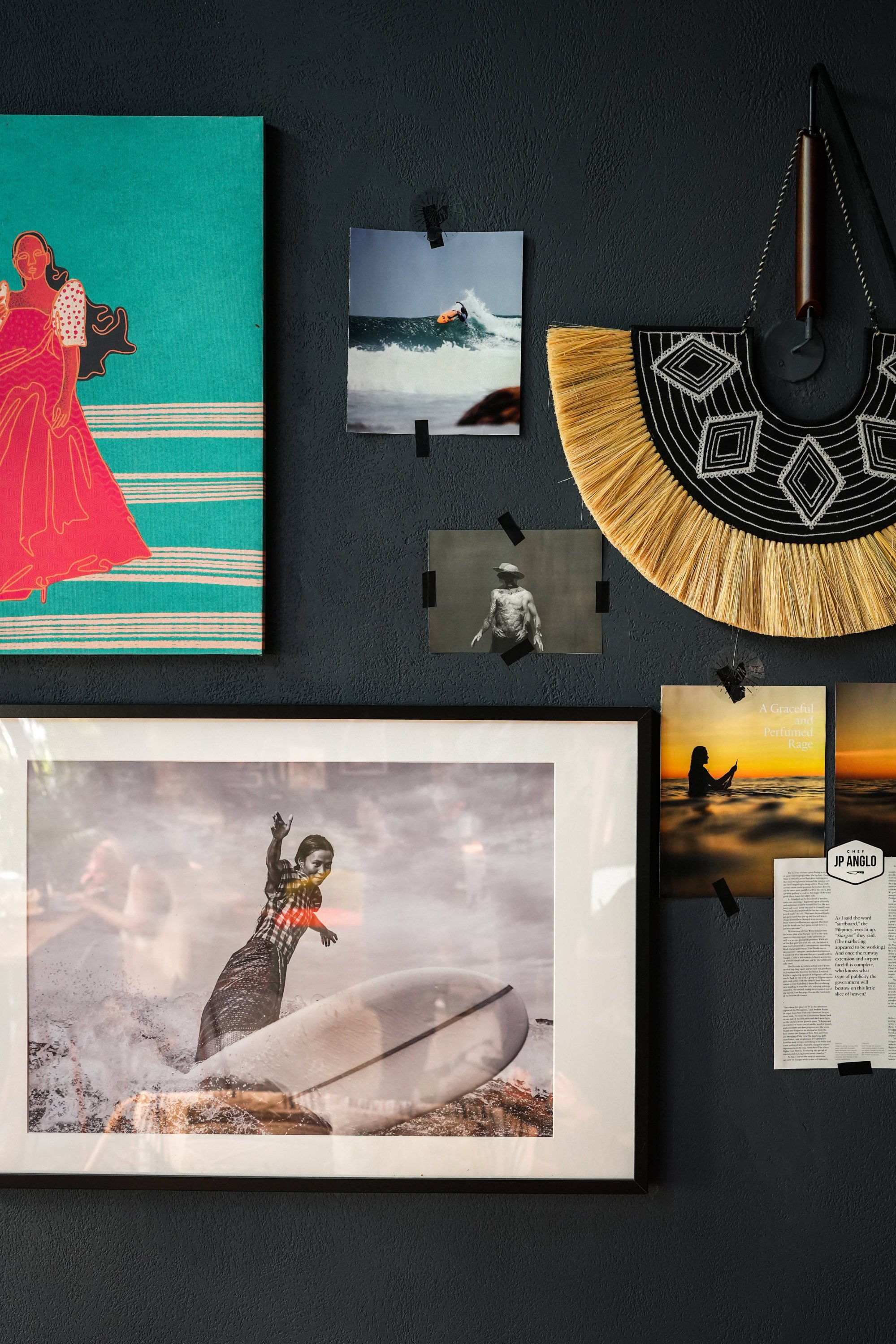
“We are the second largest immigrant population in Dubai but when I went over to do a pop-up, I only saw carinderia [casual eateries in the Philippines] or chains. I thought there was an opportunity to put up a restaurant that is built on Pinoy-style hospitality,” Anglo says.
The restaurant’s name is a playful take on the word kuya – which means “big brother” in Tagalog – and hints at the familial vibe of the place.
“In the Middle East, everyone is far away from home,” says Anglo. “At the end of the day everyone wants a kuya, ate, tito or tita (big sister, uncle or aunt) to look after you and feed you, and that’s what we want to do.
“As soon as you enter, we make you feel right at home. We owe it to the people who have been living there for a long time.”
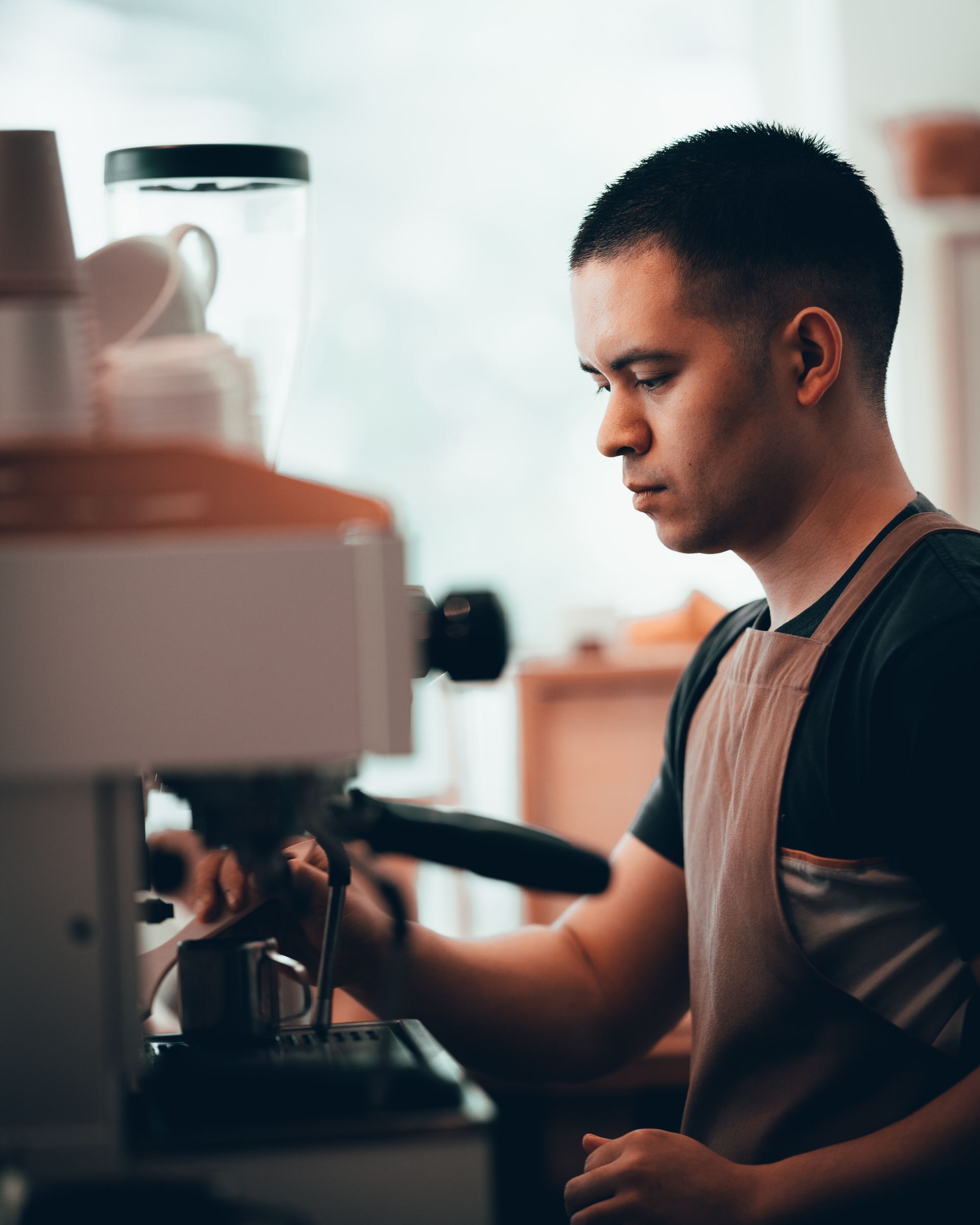
3. The cult cafe: Kapihan (London, UK)
In a quiet corner of London’s Battersea Park is a cafe that eschews the well-replicated Antipodean mould of a modern coffee shop. Kapihan does not have minimalist interiors, nor is it only churning out flat whites.
Owned and run by the Motley siblings, Kapihan – which means “coffee shop” in Tagalog – brings worldly Londoners a taste of Filipino coffee and pastries.
Kapeng Barako, a coffee varietal grown in Batangas and Cavite provinces in the Philippines, is used here. The decision to serve it stemmed from the Motley siblings’ reverence for their roots, and their interest in Southeast Asian coffee culture.
“Kapeng Barako is our bestselling coffee, and we source this liberica coffee from Taal and roast it to a medium roast profile. This brings out a unique moreish aroma of roasted banana and a sweet but strong taste,” says Nigel Motley, one of the four co-founders of Kapihan.

Their biggest star is the bibingka cake, both the original version and a vegan spiced apple latik (caramelised coconut curds) version.
“Bibingka is a really great pairing with coffee. It’s extra special when it’s just out of the oven, and that’s why we bake our bibingka fresh around the clock in our specially made bibingka ovens.
“We are so proud it gained a following, as we were worried something so distinctly Filipino in looks might not appeal to a broad audience,” Motley says.
Apart from introducing Filipino pastries, the siblings also want to spotlight artisanal Philippine produce. At Kapihan, they use chocolate from Davao and kalamay (unrefined sugar) from Capiz.
“This way, the customer is tasting the Philippines without us having to interfere too much. At the same time it promotes the quality of Philippine produce and supports our kababayan [countrymen].”
Their next goals? Opening a more spacious venue in London and finding one in the Philippines, where they plan to serve their take on kakanin (rice cakes) as well as venture into serving savoury food.
“Filipino breakfast is simply delicious. There’s no better way to start the day than with garlic rice, eggs and your choice of tapa, longanisa, bangus [cured beef, sausage, milkfish]. It’s something we are looking to champion in the bigger Kapihan.”
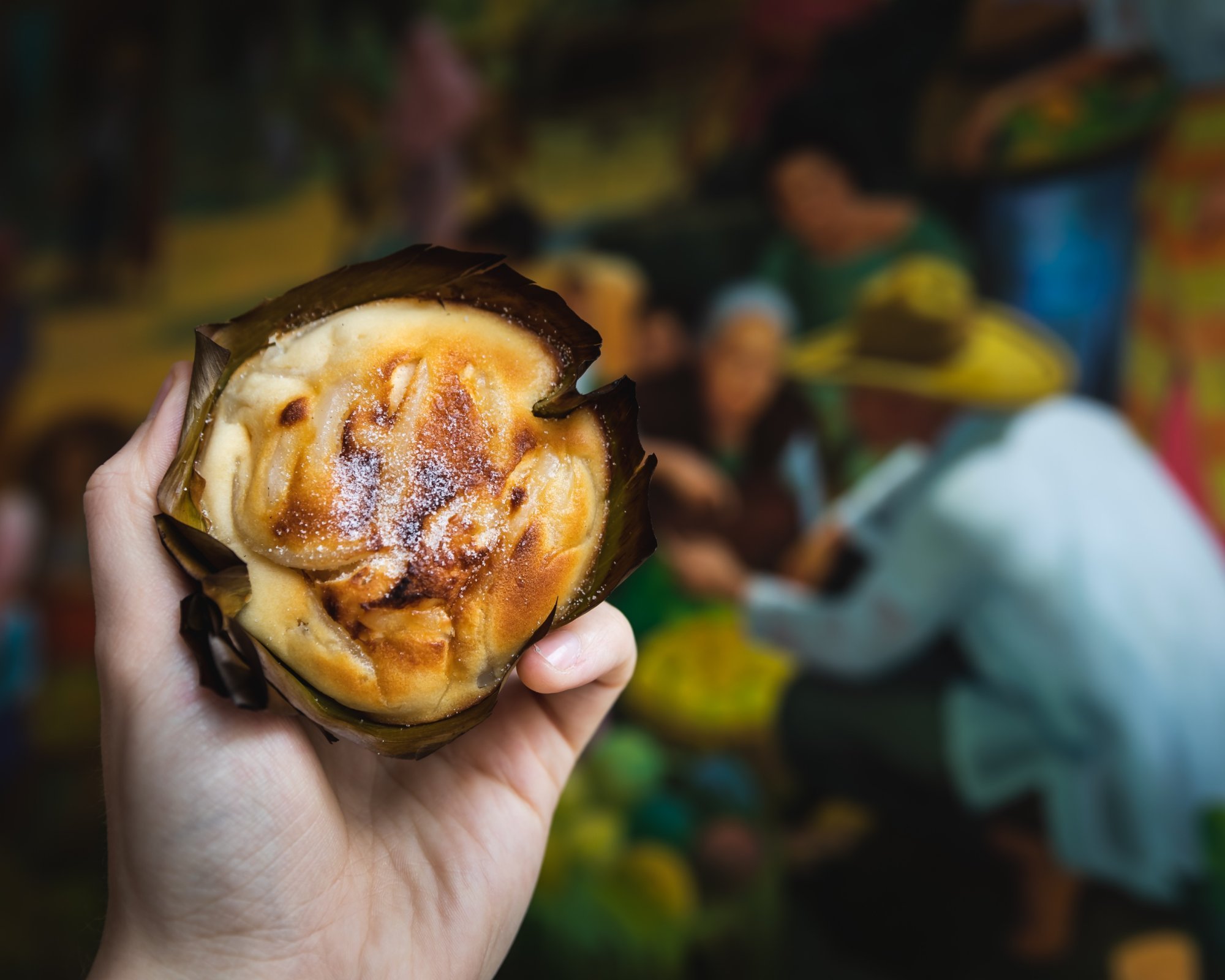
4. The mighty pop-up: Bahay (Dublin, Ireland)
Castillo has plenty of experience in refined restaurants, leading the brigade in lauded venues such as Clanbrassil House and Host in Dublin.
His decade of experience in professional kitchens is not his only asset. He is equally inspired by his Filipino father, Lito, who is a prolific cook and exposed him to Asian flavours and ingredients early on.

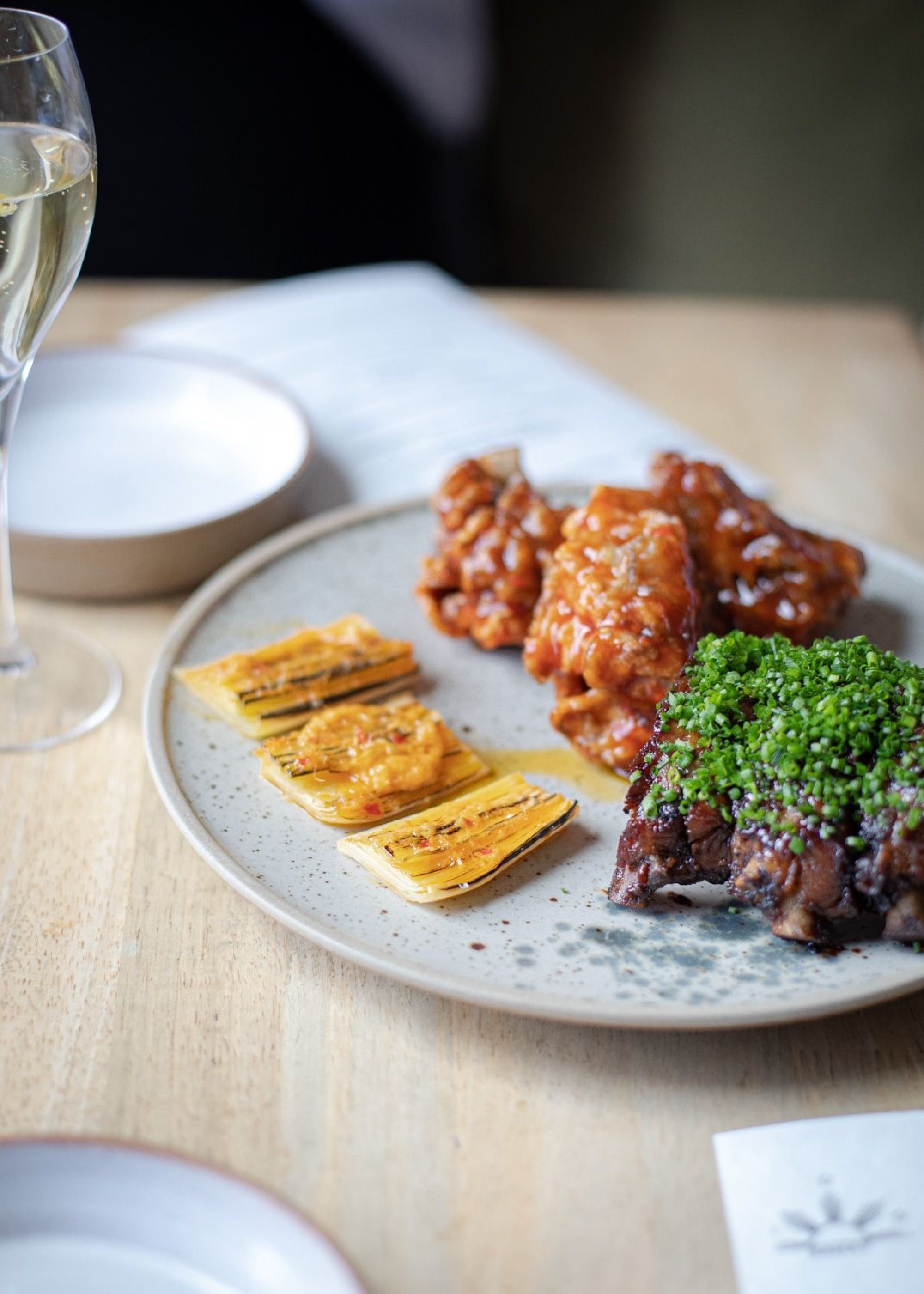
With the restaurant industry in chaos, Castillo thought it was the right time to play by his own rules and explore his roots. He made some Filipino dishes for friends and was astounded to learn how much they loved it. Thus was Bahay, which means “home” in Tagalog, born in 2021.
With an active calendar of pop-ups at Dublin hotspots and food festival appearances over the last three years, Bahay has introduced diners to a spectrum of Filipino flavours in inventive dishes such as Iberico pork presa steak with Mang Tomas jus gras sauce, Goatsbridge trout kinilaw (a raw seafood dish) and smoked adobo pork ribs.
“The last year has been incredible, with Kasama being featured in [hit television show] The Bear, Filipino food gracing the cover of Food & Wine US magazine and Gen Z content creators championing modern Asian food in their channels,” O’Neill says.

.jpg?itok=B2lwdL7O&v=1683600586)